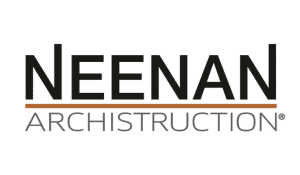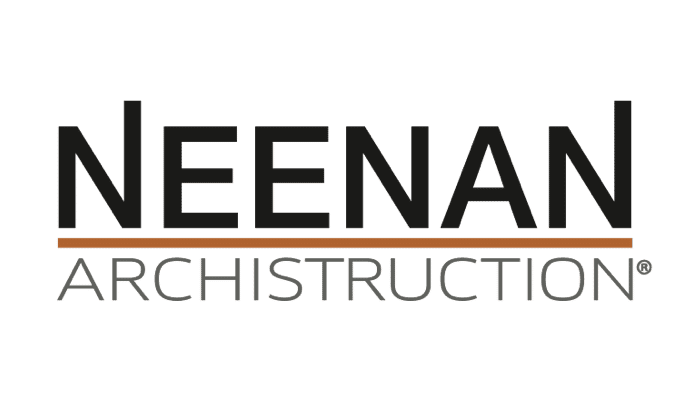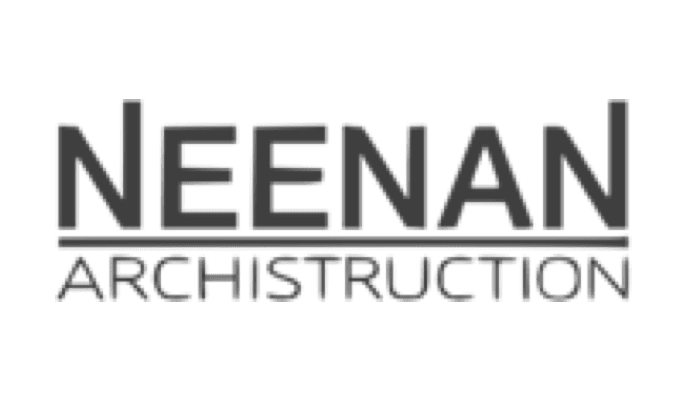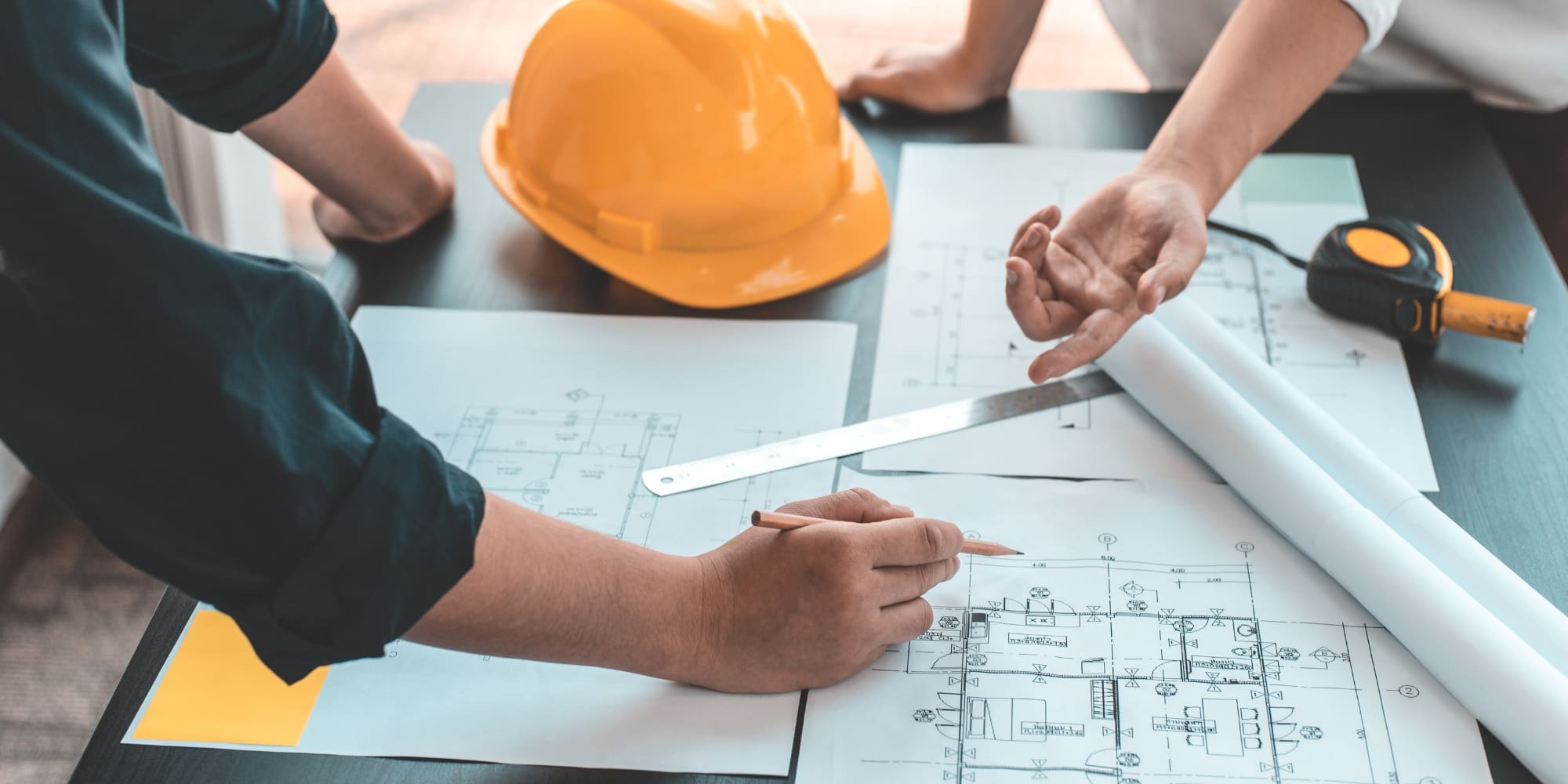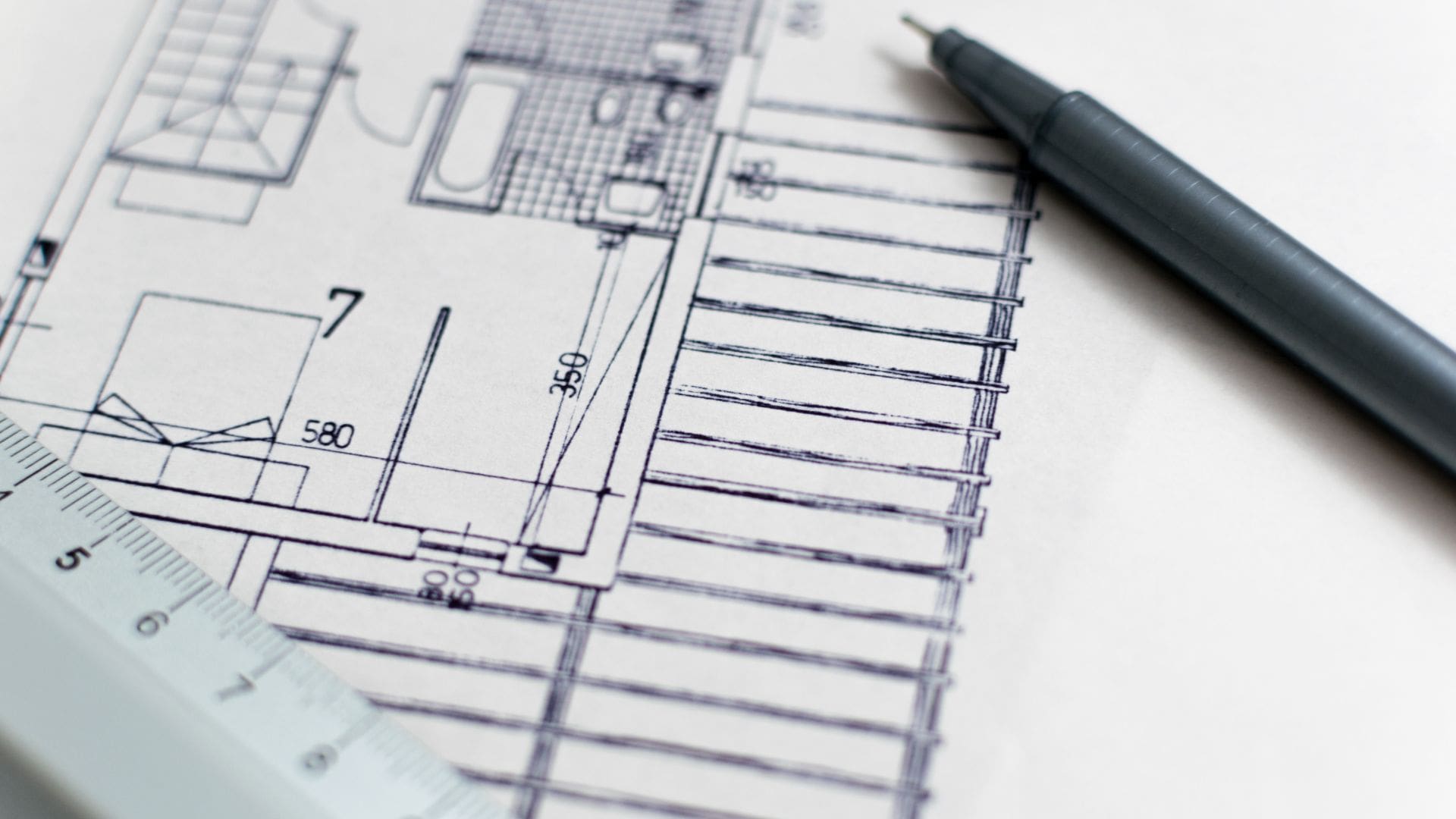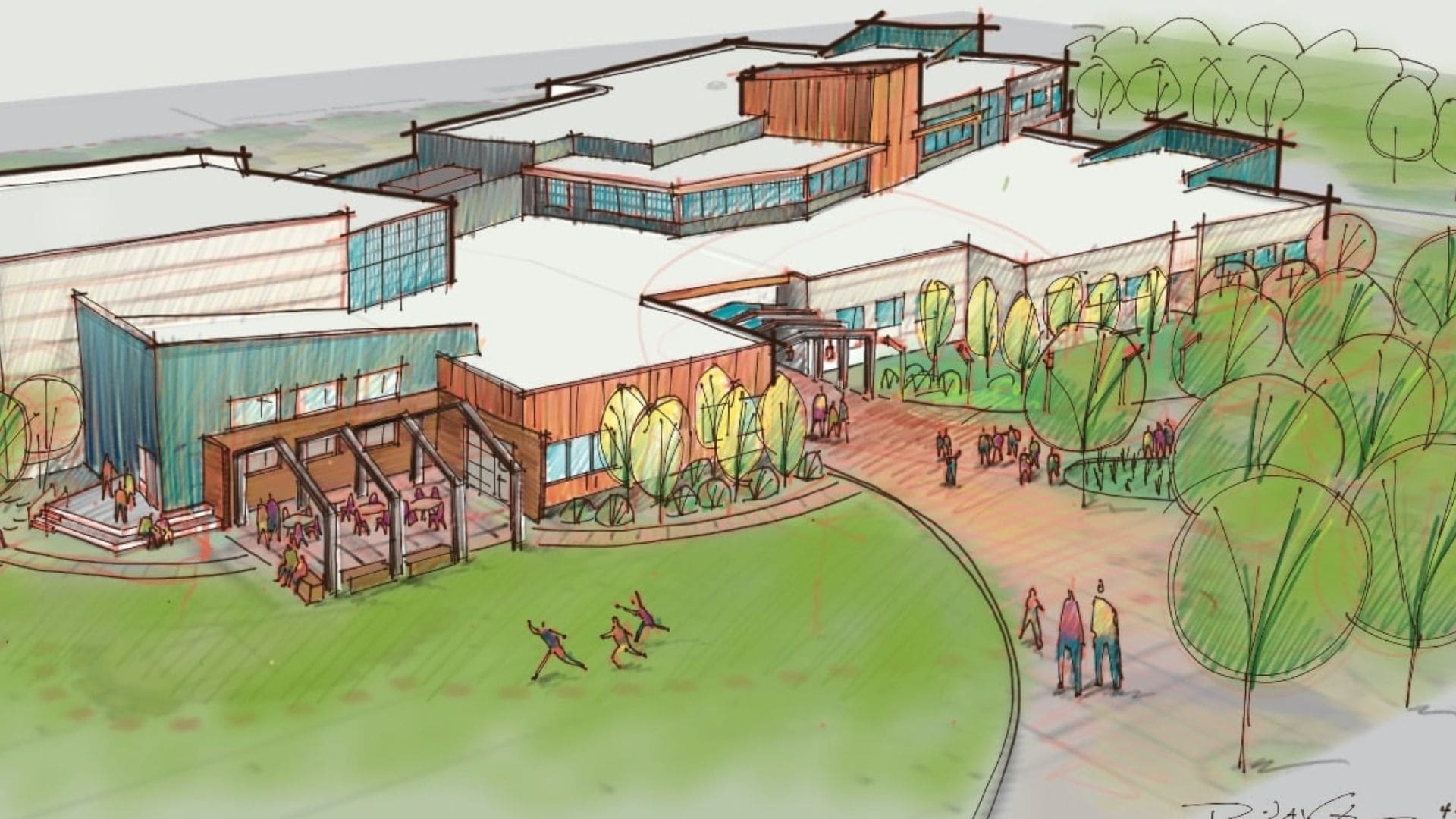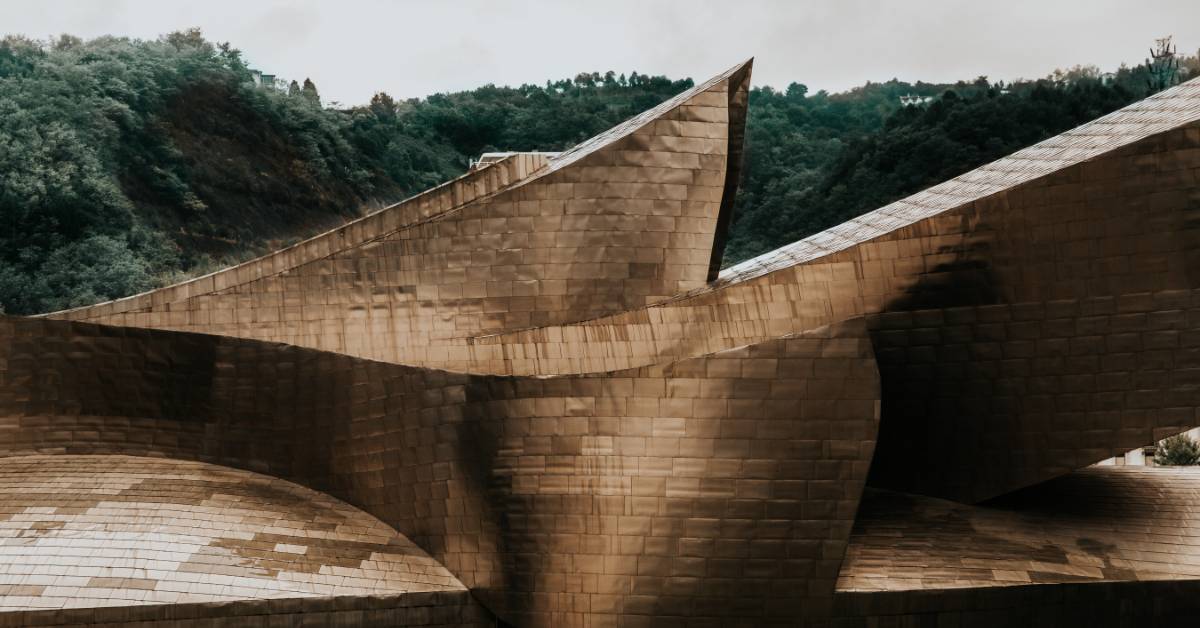
Design Principles from Famous Architects: Part 1
Moving Forward By Looking Backward
The Neenan Company, in accordance with our Archistruction™ philosophy, are always striving to innovate in the field of architecture and building design. Although we are always pushing forward, challenging ourselves to create better spaces to help businesses and educational campuses succeed, sometimes to gain a better understanding, it is necessary to look back at the innovators of yesterday. We’d like to explore some of the areas from history where building designers and architects challenged the norm and pushed themselves to create something that had never been done before.
Make Use of New Technologies
Prior to the 19th century, most large-scale buildings were limited to what masonry could handle. It wasn’t until the invention of steel that the true potential of architecture began to take shape. By adopting a new building material, an entire new world of possibilities arrived, and resulted in wonders that were previously the things of dreams, like Sir Joseph Paxton’s Crystal Palace or the Eiffel Tower in Paris. There’s no telling how far a new material could carry the building process — steel has allowed for the construction of pinnacles of mankind to be constructed, like the Burj Khalifa in Dubai, currently the tallest building in the world, towering at over 2,700 feet.
It’s safe to say that Neenan knows its way around steel, but we will always be keenly aware of the newest building practices and methods, because you’ll never know what will be the next steel — young inventors could be dreaming up innovative new building solutions as we speak, and we’ll be prepared for it.
Be True To Your Principles
Some of the most influential architectural movements in world history gained their notoriety from adherents that were unwavering in their design principles. Some of the most spectacular movements, for better or for worse, have remained relevant because the principles of the designers remained intact. Take, for example, the Bauhaus movement of the early 20th century. The principles of the Bauhaus school mandated minimalism and a commitment to pure functionality over everything else. The result of this movement are some of the most spectacularly boring buildings ever constructed — but their influence spread internationally. The influence of the Bauhaus school can even be seen locally at our nearby Colorado State University. The Art Department at CSU is contained primarily within a Bauhaus-style complex of concrete and right angles, a direct result of the Bauhaus movement. The borderline austere construction contrasts the artwork that is created within, making this beautiful tension exist that fosters creativity. All of that because a group of like-minded designers refused to waver from their building principles.
Sketch Your Ideas
While it is true that to be successful in building design, you need to have a fluency in mathematics, physics and geometry, among other practices. But this shouldn’t disregard the human aspect to building design — there is heart and soul that humans can contribute to the conversation. Architecture is as much an art as it is a science, and innovators of the past and present have found that embracing your imagination is the best place to begin. Even if your ideas don’t make any practical sense (or take physics into consideration), human ingenuity can be surprising. Architects that are or were famous for this method of design include Frank Gehry and Zaha Hadid. These brilliant minds are praised for their imaginative forms. Neenan makes every effort to instill this spirit of creativity into our archistruction design process, especially when it helps you create the space that you imagine having.
Commit to Problem Solving
The saying that “necessity is the mother of invention” certainly holds true in building design. Rather than avoid some problems, it can be a huge payoff to instead find a way to solve problems in a creative way. Oftentimes, creative solutions must be found for problems like joining a new space with an existing space, creating a linking structure between two points, or hiding necessary elements of a building’s design that you don’t want noticed. Architecture is, in a sense, elaborate problem solving. Neenan gladly accepts these challenges, in the hope that inventiveness can overcome any roadblock.
Have Some Flair
There’s certainly something to be said for desiring to be iconic in your building design. Sometimes the image of something can be as powerful or more powerful than the thing itself. What is more quintessentially Australian than the Sydney Opera House? The most patriotic building in America? It’s a house that is entirely white. If you have the courage to be iconic and ambitious in your design, you have the potential to create a lasting image that could survive even longer than your own lifespan.
Flip the Script
Earlier we talked about staying true to your principles — and for many people, that can be a successful tactic. However, there is an argument to be made for the opposite viewpoint as well. There are no rules that say you must stick with one style or design motif indefinitely. In fact, it may behoove you to completely pull a 180 in your approach and tackle a design idea upside down. Musicians often do something similar — when they’re in a rut or find themselves lacking creativity, they may immerse themselves in a style or genre that is the completely perceived opposite of their own, just to see what comes out of the experience. If you’re stuck on the idea of right angles, experiment with a design with no straight lines. If you’re having trouble with your natural elements, break out your compass and protractor and get geometrical. There’s nothing wrong with breaking your own tradition if it means that something even greater could potentially be achieved.
 Neenan Archistruction™ — Committed to Excellence
Neenan Archistruction™ — Committed to Excellence
As a company, Neenan will continually strive forward in excellence, delivering work spaces and environments that are specifically tailored to our customer’s dreams and needs in inventive ways. We acknowledge that we wouldn’t be where we are today without the innovators of the last century and beyond. Contact us today to begin your Archistruction journey, and check back for the second part of this blog exploration of wisdom from architectural minds of the past.
